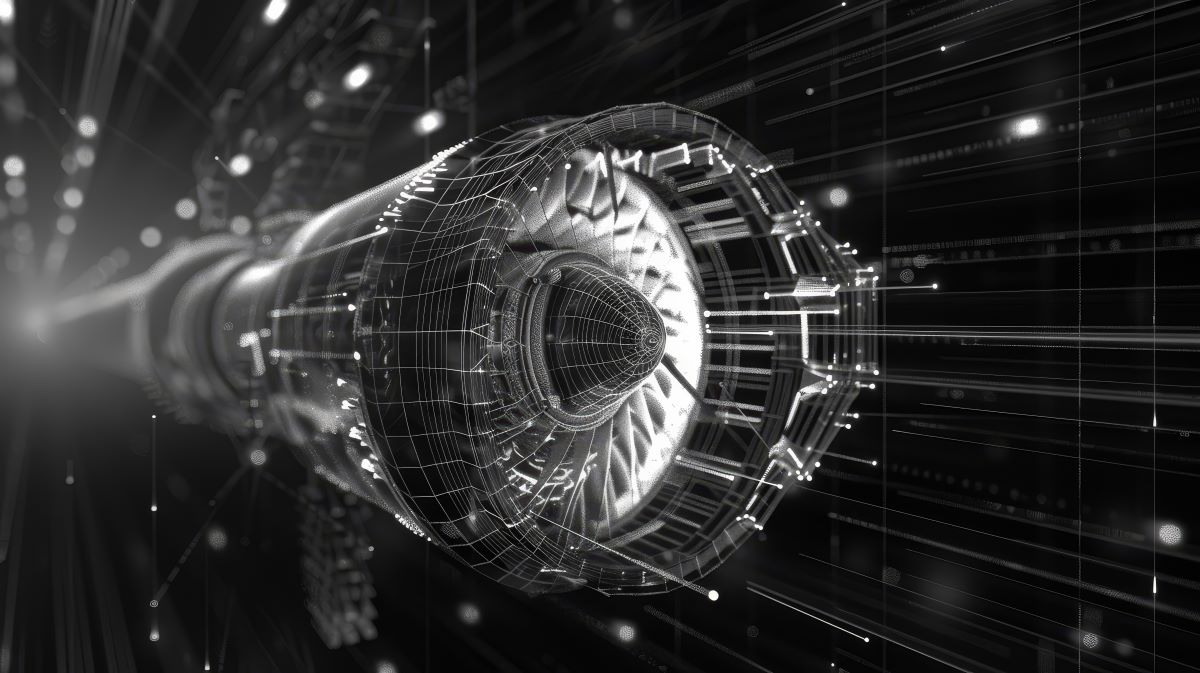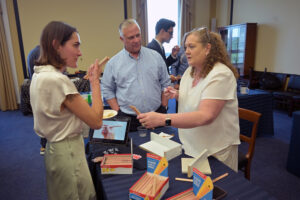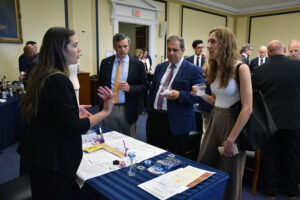Over the past two decades, the U.S. patent system has undergone significant changes, many of which have weakened the protections it offers to inventors. A combination of legislative updates, regulatory interventions, and court rulings has created uncertainty for innovators, universities, and businesses, particularly in the high-tech and biotech industries. This uncertainty has stifled investment and risk-taking, jeopardizing the nation’s position as a global leader in innovation. Adam Mossoff, a visiting Fellow at the Heritage Foundation, takes a broad look at the history of American innovation in a new paper.
Key legislative actions, such as the Leahy-Smith America Invents Act, introduced new challenges for patent holders, while the establishment of the Patent Trial and Appeal Board (PTAB) created a venue where thousands of patents have been invalidated. Simultaneously, a series of judicial decisions has narrowed the scope of patent eligibility and weakened enforcement mechanisms. These shifts have fundamentally altered the patent landscape, making it harder for innovators to protect their work and reap the rewards of their efforts.
The success of the patent system as a key driver of the U.S. innovation economy for over 200 years has been demonstrated repeatedly by economists, historians, and legal scholars.
Adam Mossoff
Once considered the global standard for fostering innovation, the U.S. patent system has historically driven transformative breakthroughs, from the Industrial Revolution to the rise of biotechnology and mobile technology. Today, however, weakened patent protections threaten to erode America’s competitive edge.
There is, however, a growing bipartisan effort in Congress to reverse this trend. Legislation like the Promoting and Respecting Economically Vital American Innovation Leadership (PREVAIL) Act, the Patent Eligibility Restoration Act (PERA), and the RESTORE Patent Rights Act aim to address key issues by:
- Reinstating strong enforcement tools, including injunctions, for patent holders.
- Reforming the PTAB to ensure fairness and accountability.
- Expanding patent eligibility to include emerging technologies.
These proposals seek to bring the U.S. patent system back to its roots—treating patents as property rights that encourage investment and enable commercialization. Far from being monopolies, patents are essential to fostering competition, innovation, and economic growth. They provide inventors with the security needed to turn ideas into market-changing technologies.
However, misconceptions about patents persist. Some critics wrongly view them as barriers to competition rather than as vital protections for creators. These misunderstandings risk undermining efforts to strengthen the system at a time when innovation is critical to maintaining U.S. economic leadership.
As the 119th Congress begins its work, lawmakers have a unique opportunity to restore the patent system to its former strength. By passing these reform bills, Congress can ensure that the U.S. remains a hub of innovation, advancing technologies that drive progress and prosperity for generations to come.
Read the full paper at Heritage Foundation by clicking here.






